What is Finacea?
Finacea gel contains the active ingredient azelaic acid and belongs to the group of anti-acne preparations for external use (on the skin). Finacea gel is for the relief of mild to moderate papule-pustular acne of the facial area and for the treatment of papule-pustular rosacea. Papule-pustular acne and rosacea are associated with inflamed papules and pustules.
How does it work?
Acne:
The bases of the therapeutic efficacy of azelaic acid in acne are considered to be the antimicrobial action and the direct influence on follicular hyperkeratosis. . . . . . . . . . . . . . . . . . . . . . . . . . . . . . . . . . . . . . . . ............. ........................
In vitro and in vivo, azelaic acid inhibits the proliferation of keratinocytes and normalizes altered terminal epidermal differentiation processes in acne.
Clinically, a significant reduction in the colonization density of Propionibacterium acnes and a significant reduction in the fraction of lipid-free fatty acids on the skin surface are observed.
In two randomized double-blind clinical studies
What are the benefits of taking it?
Finacea gel is indicated to treat various skin conditions, such as:
- Rosacea, a disease characterized by red spots on the cheeks, nose, chin and / or forehead that often appear with visible veins and / or bumps;
- It removes blackheads and pimples;
- Hyperpigmentation (pigment spots).
Finacea Gel ensures that the pores open, which helps the sebum to come out of the pores better, thus reducing the formation of pimples. This also has an anti-inflammatory effect and whitens blemishes. This also makes the skin look a little healthier.
How do I use it and its dosage?
Always use this medicine exactly as your doctor or pharmacist has told you. If in doubt, consult your doctor or pharmacist again. Finacea gel is only indicated for external use (on the skin).
Application Method
Before using Finacea gel, clean the skin thoroughly with water and pat it dry. You can use a mild skin cleansing agent.
Do not wear bandages or wraps that are air or water-impermeable (occlusive) and wash your hands after applying the gel.
Usual dose and frequency of administration
Apply Finacea gel to the affected skin regions twice a day (morning and night) by gently rubbing the skin. Approximately 0.5 grams? 2.5 cm (1 inch) of gel is sufficient for the entire face.
To achieve an optimal effect of the treatment, it is important to use Finacea gel continuously throughout the treatment period.
In case of skin irritation, reduce the amount of gel per application or the frequency of use of Finacea gel to once a day until the irritation stops. If necessary, you should temporarily stop treatment for a few days.
Use in children and adolescents
No dosage adjustment is necessary for children aged 12-18 years treated with acne.
Treatment duration
The duration of treatment can vary from person to person and also depends on the severity of the skin disorder.
Your doctor will tell you how long you should use Finacea gel.
Acne: You can use Finacea gel for several months, depending on the effect of the treatment. In general, you can see a clear improvement after 4 weeks of treatment.
If there is no improvement after 1 month or if acne worsens, you should stop treatment with Finacea gel and consult your doctor.
Rosacea: You can use Finacea gel for several months, depending on the effect of the treatment. You can see a clear improvement after 4 weeks of treatment.
If there is no improvement after 2 months or if rosacea worsens, you should stop treatment with Finacea gel and consult your doctor.
Side effects & precautions
Like all medicines, this acne treatment gel can cause side effects, although not everybody gets them.
There may be skin irritation (for example, burning or itching). In most cases, irritation symptoms are mild or moderate and their frequency decreases during treatment.
The most frequently observed side effects included itching (pruritus), burning, and pain at the application site. The following Finacea gel side effects may occur during treatment. They only affect the skin of the application area.
Rosacea and acne:
Very common (may affect more than 1 in 10 patients):
- burning, pain, itching (pruritus) at the application site.
Common (may affect up to 1 in 10 people):
- tingling or numbness (paresthesia), dry skin, rash, swelling (edema) at the application site.
Uncommon (may affect up to 1 in 100 patients):
- acne, skin reaction due to an external agent (contact dermatitis), abnormal redness of the skin (erythema), irritating rash (urticaria), discomfort at the site of application.
Rare (may affect up to 1 in 1,000 patients):
- Hypersensitivity, which can occur with one or more of the following adverse reactions: angioedema (rapid inflammation under the skin), inflammation of the eyes, inflammation of the face, dyspnea (difficulty breathing)
- Skin irritation
- Urticaria
- Worsening asthma
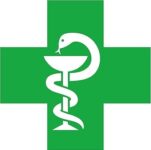

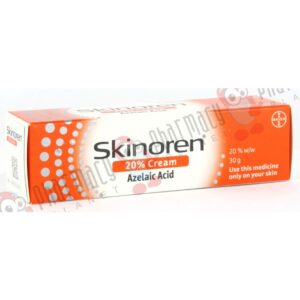
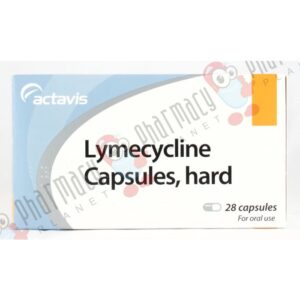
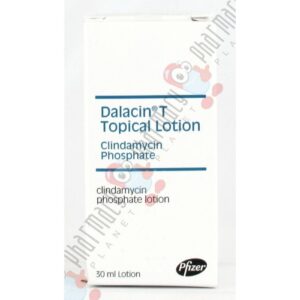
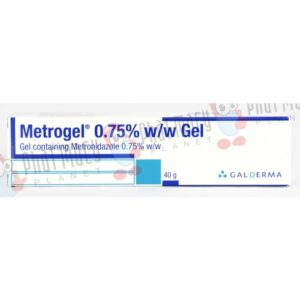
Reviews
There are no reviews yet.